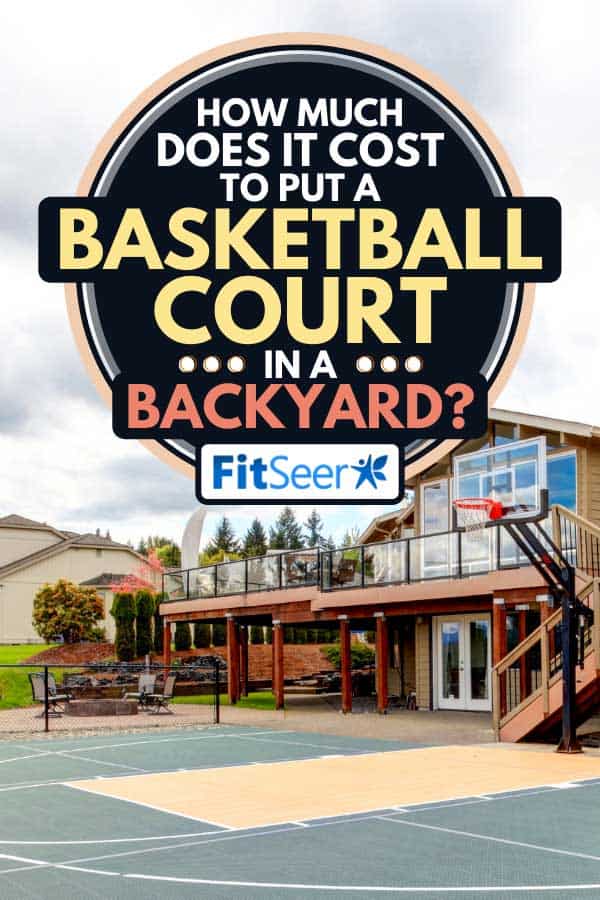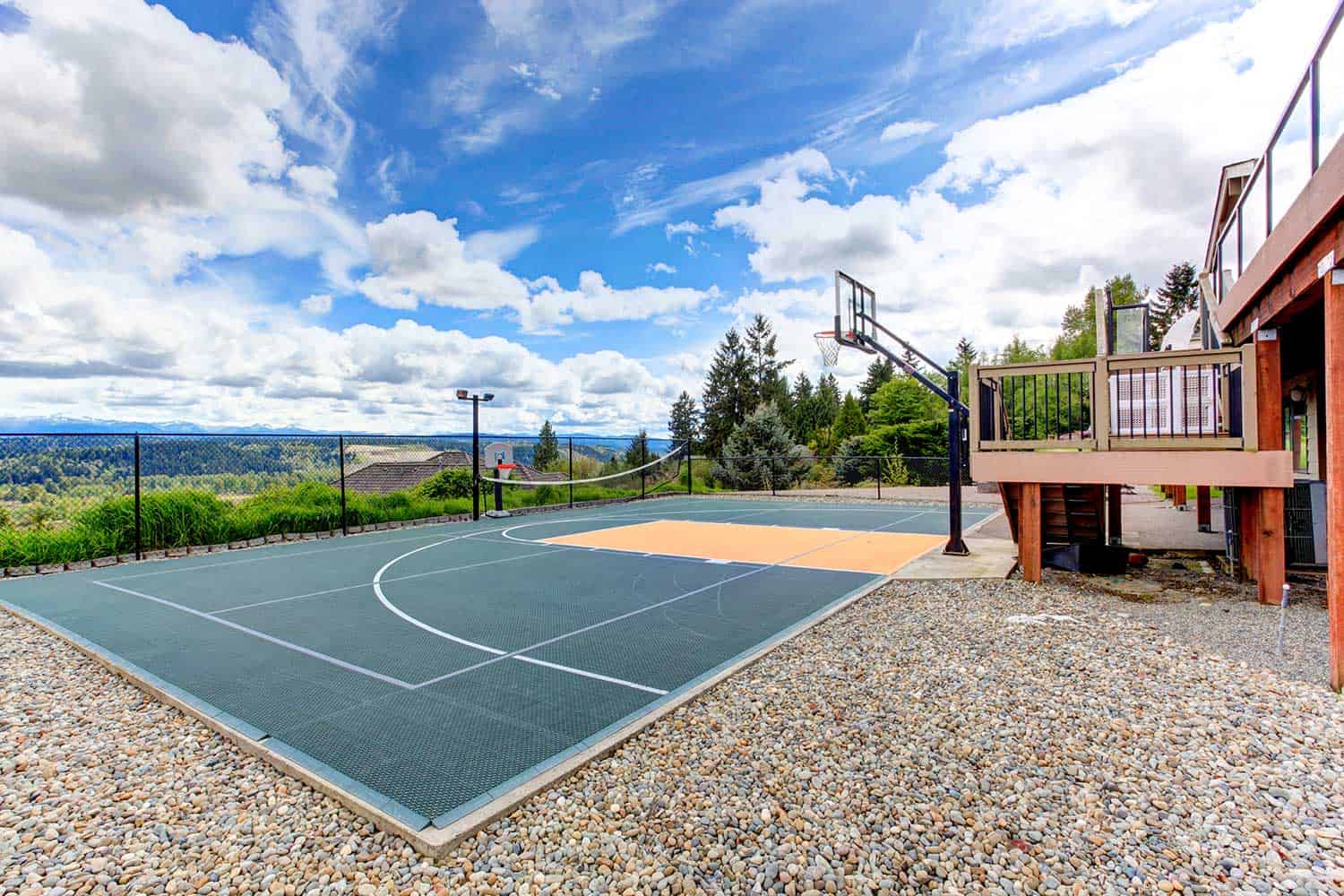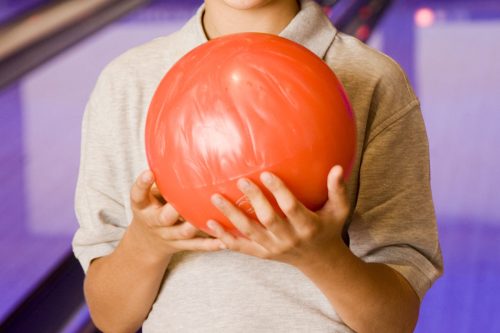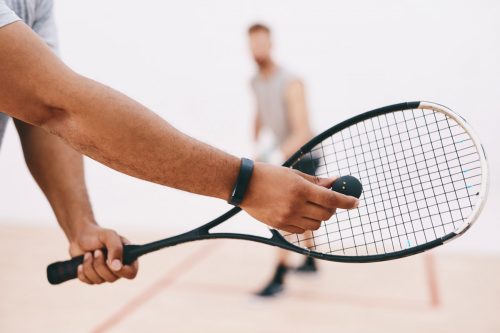Do you love basketball, and wonder if you can afford to have a court put into your backyard? Having a single hoop is great fun, but a court could greatly increase the level of fun. We have spent the time researching the cost and other pertinent information so you can spend less time on the computer, and more time on the court!
A backyard basketball court can cost anywhere from $11,000 to $76,000, with the average court costing about $35,000. This ends up costing about $4-$16 per square foot. As you can see, the cost is extremely varied. This is because it depends on quite a few different factors, such as:
- The size of the court (full-size, half-size, or smaller)
- The material used for your base
- Whether it's professionally done or DIY
- Any extra features you want, like lighting or nets
With the price range of a basketball court varying so wildly, and with so many different options, you may be at a loss for how to choose the best option that fits your lifestyle and price range. Don't worry about it, because we took the liberty of researching that for you, too. Just keep reading!

The Cost Factors To Consider
Let's take a closer look at all the factors that influence the cost of a backyard basketball court.
Court Size
Courts range in size from an NBA full-size court at 97 feet by 50 feet to as small as you want. However, it is recommended to avoid going smaller than 28 feet by 43 feet, as this size allows for the entire three-point line. The NBA full-size court is the biggest. You can also get a standard-sized full-court at 94 feet by 50 feet, a high school-sized full court (84 feet by 50 feet), or a junior high school-sized full court (74 feet by 42 feet).

The cost for a full-sized court ranges from $31,000-$46,000. However, most people go for a half-sized court because they don't have room to fit a gigantic court in their backyard. It's also cheaper to make a smaller one. To be considered a true half court, it needs to be 50 feet by 42 feet. Half-courts come in quite a few varying sizes:
- NBA: 47 feet by 50 feet
- High school: 42 feet by 50 feet
- Junior high: 37 feet by 42 feet
- 3 by 3 court: 30 feet by 30 feet
What Is A Good Size Court For A Backyard?
As you can see, there are quite a few sizes to choose from. A majority of people stick with a half-sized court instead of a full size. As a result, the most common size for a court in the backyard is 30 feet by 50 feet, because this size tends to fit the majority of backyards. If you have a smaller than average backyard, you may want to go even smaller and install a 3 by 3 court.
Material Used
To make the base of your court, you have quite a few options. The three most common materials for outside courts are:
- Concrete
- Asphalt
- Compacted stone
Out of these three, concrete is the best option. While it isn't the cheapest material you can use, concrete is going to give you the evenest surface and can last as long as 40 years. Concrete costs about $5.35-$6.17 per square foot on average.
Asphalt is the second-best material because it lasts 15- 20 years with the proper care. It is softer on the joints than the other materials. It isn't as good as concrete because it might become brittle over time due to oxidation. Asphalt tends to be cheaper, costing about $3-$4 per square foot.
If you are looking for something cheap that will be easy to remove later or have a less accessible backyard, compacted stone might be a good option for you. It is the cheapest option, at $1-$3 per square foot. It requires periodic recompacting and refilling.
Professional Court Vs DIY Court
Having a professional put in a basketball court can be expensive. You not only pay for materials but also pay for labor, which costs $2 per square foot on average. For the average 30 feet by 50 feet court, this ends up adding $3,000 to your overall price.
When considering whether or not you should hire someone or try to do it yourself, consider the following. To build the court, you need to be able to level the land, set up your base, make sure your court has adequate drainage, and add any lights or extra features that you want. It is important to consider if you have the knowledge necessary to do this, and if you want to put in the hours of labor it takes.
If you have the experience, then you can easily take off quite a bit of the price doing it yourself. If not, it may be better to call in a professional. Of course, it doesn't have to be an all or nothing situation. You can always do the parts you're comfortable with, like pouring your concrete or painting the lines on the court, and pay someone to do the things you can't.
Extra Features
Another thing worth considering is if you want to add any lights, logos, nets, or fences around your court. Lights cost about $150 to $300 per light and can cost between $300-$500 to have someone install them.
If you want your court to have a custom logo, you can sometimes have it added to court tiles at no extra cost. Or you can have it painted onto your court for about $500.
You can put a fence around your court that stops stray balls and keeps strangers off your court for about $5,000 to $10,000. Another option you can choose is a rebounder net, which is a net that catches balls that go past your hoop and returns them to you. This net can cost between $100 to $300.
As you can see, the extras can add quite a bit to make your court more unique, but they also can take quite a bit out of your wallet!
What Is The Best Surface For An Outdoor Basketball Court?
You can leave the court surface bare, but adding a surface material can increase the bounce of your ball, prevent damage to your ball and your joints, and increase the life of the court. You can choose to use a rubberized surface material or court tiles. Out of these two options, it is better to use court tiles.
Court tiles last for decades and can be replaced individually as they wear down. As a bonus, the tiles have the court lines already in place and snap together easily. The rubberized material is more customizable, but wears down faster and has to be repainted periodically.
How Do You Put A Basketball Court Into Your Backyard?
If you decided that you prefer to save yourself the costs of labor and put in your basketball court yourself, there are some very important steps to follow to make sure your court is beautiful and functional.
Choose And Prepare Your Site
You need to make sure that your area is level and that the soil you plan to place your court on is firm and compacted. If your area is very rainy, you need to put in a drainage system. To prepare the ground, you need to level it with an excavator and a compacter.
If your yard is sloped, you may need to add gravel to help it drain or move in more dirt to help level things. A severely sloped yard could require a retaining wall to keep soil in place.
Buy Your Hoops And Surface Tiles
If you want an inground hoop, you will need to be sure you have your hoop before pouring the concrete. The hoop will need to be placed in the wet concrete.
Make And Pour Selected Material
For concrete, pour a 100mm thick slab. If you chose concrete, make sure you choose a time with good weather, as it will take 72 hours for your concrete to set.
Install Your Hoop
Be careful to follow the instructions that come with it. Hoop installation can take 3-5 people to install, and take a few hours if you're inexperienced with it. So be sure to plan enough time for this. For in-ground hoops, it may be easier to install while the concrete is wet.
Install Court Surfacing
Make sure your material has set before installing surfacing.
Paint Lines
If your court surface doesn't already have the painted lines, paint them on now. Paint the free-throw line 15 feet from the center of the hoop and 12 feet long. Paint the free-throw lane 12 feet by 19 feet. If you have a full-sized court, you'll also need to paint the center line horizontally from one side to the other, through the middle of the court.
Add Final Touches
The last step is to add in your fence, lighting, and any other extras you see fit to add.
In Closing
To summarize, the average cost is $11,000 to $76,000, depending on how much you want to add to your court. Now that you've read this post, get out and go play some ball!

![Read more about the article How To Clean Football Gloves [A Complete Guide]](https://fitseer.com/wp-content/uploads/2021/12/A-football-player-wearing-white-football-gloves-and-holding-a-football-tightly-500x333.jpg)
![Read more about the article How Far Should I Hike In a Day? [Typical Numbers Revealed]](https://fitseer.com/wp-content/uploads/2020/11/Hikers-walking-on-a-hiking-trail-in-mountains-500x333.jpg)


![Read more about the article At What Age Can You Start Surfing? [And At What Age Should You Stop?]](https://fitseer.com/wp-content/uploads/2020/11/A-surfer-wearing-a-white-shirt-and-aloha-pants-riding-the-waves-of-a-blue-ocean-500x333.jpg)
